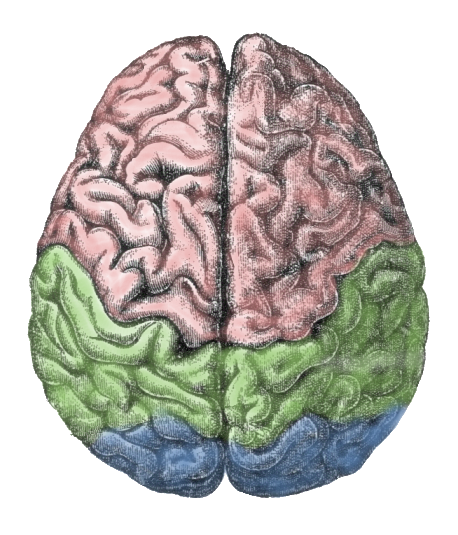Why Lefties are Often Left Out

You’ve probably never heard of the term “brain lateralization” before, but you’ve probably heard the idea applied. Human brains have two roughly the same but not exactly symmetrical sides, the left and right hemispheres, as depicted above. The sides do mostly the same things as one another but there are small differences. “Brain lateralization” is the term used by the medical science community to encapsulate the idea that the two sides aren’t identical. For example, most of us process language predominantly in the left hemisphere of our brains, but for a small minority, the right brain dominates there.
And when it comes to studying the brain, this is a problem. If clinical trials involve right-brain dominant subjects, we’ll get results which only apply to that tiny minority. The workaround? If you’re left-handed, you may find yourself excluded from such experiments.
We don’t actually know that much about brain lateralization because in many cases, as explained by Dr. M.K. Holder, a researcher at Indiana University who specializes in the field, “the only direct tests for [in this case] speech lateralization are too invasive to use on healthy people.” In absence of employing such tests, we use a proxy: an individual’s brain lateralization is determined by that person’s handedness. If you’re a righty, we assume you’re left-brained, and if you’re part of the roughly 10% of the population that’s left-handed, we assume you’re right-brained.
That’s not all that accurate, though. For the vast majority of righties (90 to 95%), the left side of the brain dominates language processing, as the rule of thumb suggests. But for the majority of lefties, the rule is wrong — the left hemisphere still dominates when it comes to language. But the left-side dominance is noticeably less frequent (and potentially less intense as well). In the realm of 60 to 75% are left-brained.
But while lefties aren’t always — or even often — right-brained, we are still struggling to figure out lateralization on an individualized basis without resorting to the invasive ways referred to above by Dr. Holder. This is a critical problem because the vast majority of the population — roughly 90% of us, regardless of handedness — are left-brained, and when we’re studying the brain in search of broad findings, we don’t want anomalies. Which is why, as one psychology professor at Northwestern told the Wall Street Journal, researchers will exclude lefties from studies requiring brain imaging.
Bonus Fact: People don’t just have a preferred hand — we also have a preferred foot. This is called “footedness.” According to a 2006 article in the New Scientist (behind a paywall), footedness may be a better indicator of one’s brain lateralization because it “is subject to less cultural bias than handedness.”
From the Archives: Knuckle Head: How someone used his left hand to dispel a myth.
Related: A coffee mug which designed for lefties. (Because of a strategically placed hole, as the product description notes, “the beverage leaks out if held in the right hand.”)
